An argument in favor of graph dbms with native storage over relational dbms made by neo4j (also in the neo4j graph databases book) is that "index-free adjacency" is the most efficient means of processing data in a graph (due to the 'clustering' of the data/nodes in a graph-based model).
Based on some benchmarking I've performed, where 3 nodes are sequentially connected (A->B<-C) and given the id of A I'm querying for C, the scalability is clearly O(n) when testing the same query on databases with 1M, 5M, 10M and 20M nodes - which is reasonable (with my limited understanding) considering I am not limiting my query to 1 node only hence all nodes need to be checked for matching. HOWEVER, when I index the queried node property, the execution time for the same query, is relatively constant.
Figure shows execution time by database node size before and after indexing. Orange plot is O(N) reference line, while the blue plot is the observed execution times.

Based on these results I'm trying to figure out where the advantage of index-free adjacency comes in. Is this advantageous when querying with a limit of 1 for deep(er) links? E.g. depth of 4 in A->B->C->D->E, and querying for E given A. Because in this case we know that there is only one match for A (hence no need to brute force through all the other nodes not part of this sub-network).
As this is highly dependent on the query, I'm listing an example of the Cypher query below for reference (where I'm matching entity labeled node with id of 1, and returning the associated node (B in the above example) and the secondary-linked node (C in the above example)):
MATCH (:entity{id:1})-[:LINK]->(result_assoc:assoc)<-[:LINK]-(result_entity:entity) RETURN result_entity, result_assoc
UPDATE / ADDITIONAL INFORMATION
This source states: "The key message of index-free adjacency is, that the complexity to traverse the whole graph is O(n), where n is the number of nodes. In contrast, using any index will have complexity O(n log n).". This statement explains the O(n) results before indexing. I guess the O(1) performance after indexing is identical to a hash list performance(?). Not sure why using any other index the complexity is O(n log n) if even using a hash list the worst case is O(n).